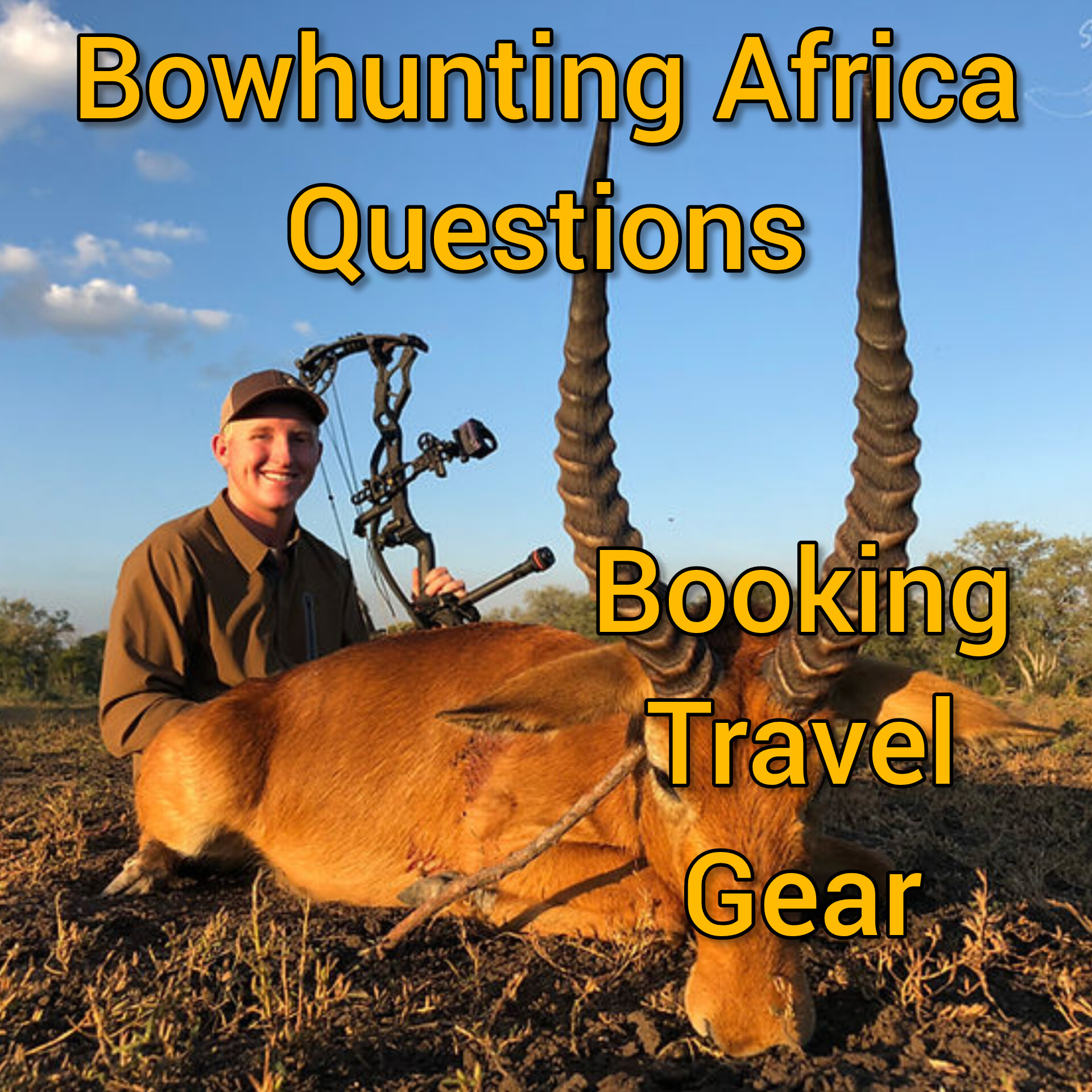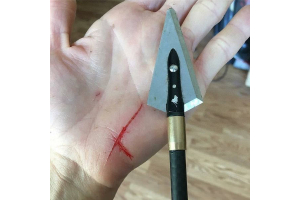GrizzlyStik Founder Breaking Moose Bones with Ashby Broadheads

Our late founder & Alaskan Registered Guide Ed Schlief was always a huge advocate of heavy arrows and broadheads. As a brown bear guide, his tool of choice was the .375 H&H with 300 solids. Why? It worked every time. That's what Ed wanted in his arrow and broadhead builds too. He wanted them to work every time.
His heavy caliber and heavy bullet philosophy for rifle hunting led him to test heavy arrows and heavy broadheads on big game well before he was ever introduced to Dr. Ashby's heavy bone threshold. But... Once he found Dr. Ashby's reports he was hooked!
Once he found Dr. Ashby's research, Ed's curiosity became a full-blown obsession to learn more about the "science" behind lethal arrow penetration. Here is a montage Ed made while breaking Moose Bones back in 2007. These videos were self-filmed and originally shot to show our engineer and those in the "inner circle" what was happening.
Several times throughout this video you can hear the excitement and enthusiasm in Ed's voice as he is explaining the arrow penetration. He knew we were on to something......Many of the things he talked about over a decade ago still hold true to this day.

Transcript from Ed's video:
"You can actually see the fracture from here all the way to here," Ed explained as he examined the results. "As far as the friction of the arrow on the shaft, there isn't any."
Describing the setup for his next test, he continued, "I've taken the leg bone, lower leg bone, called the humerus... Let's see what happens when a 738 grain arrow with a single bevel broadhead hits this very hard, dense bone."
With a sense of awe, Ed marveled at the outcome, "It's broken the thickest, hardest part of that humerus right in half, just simply split it. I've been doing this a while, and I've got to admit, even I'm impressed."
Ed's meticulous documentation extended to the examination of the broadhead and the bone it struck. "There's no damage to the broadhead whatsoever... no chips, no bends," he noted, showcasing the resilience of his equipment.
He also highlighted the unique features of his tapered carbon shafts, explaining how they minimized shaft drag as they penetrated bone.
"This is impressive," he remarked as he evaluated the results of his tests. "The penetration is significant."
Concluding his experiments on the lower leg bone of a moose, Ed marveled at the lack of damage to the arrow, despite its formidable impact. With each test, Ed Schlief's expertise and dedication to understanding arrow penetration dynamics shone through, leaving a lasting legacy in the field of hunting.












